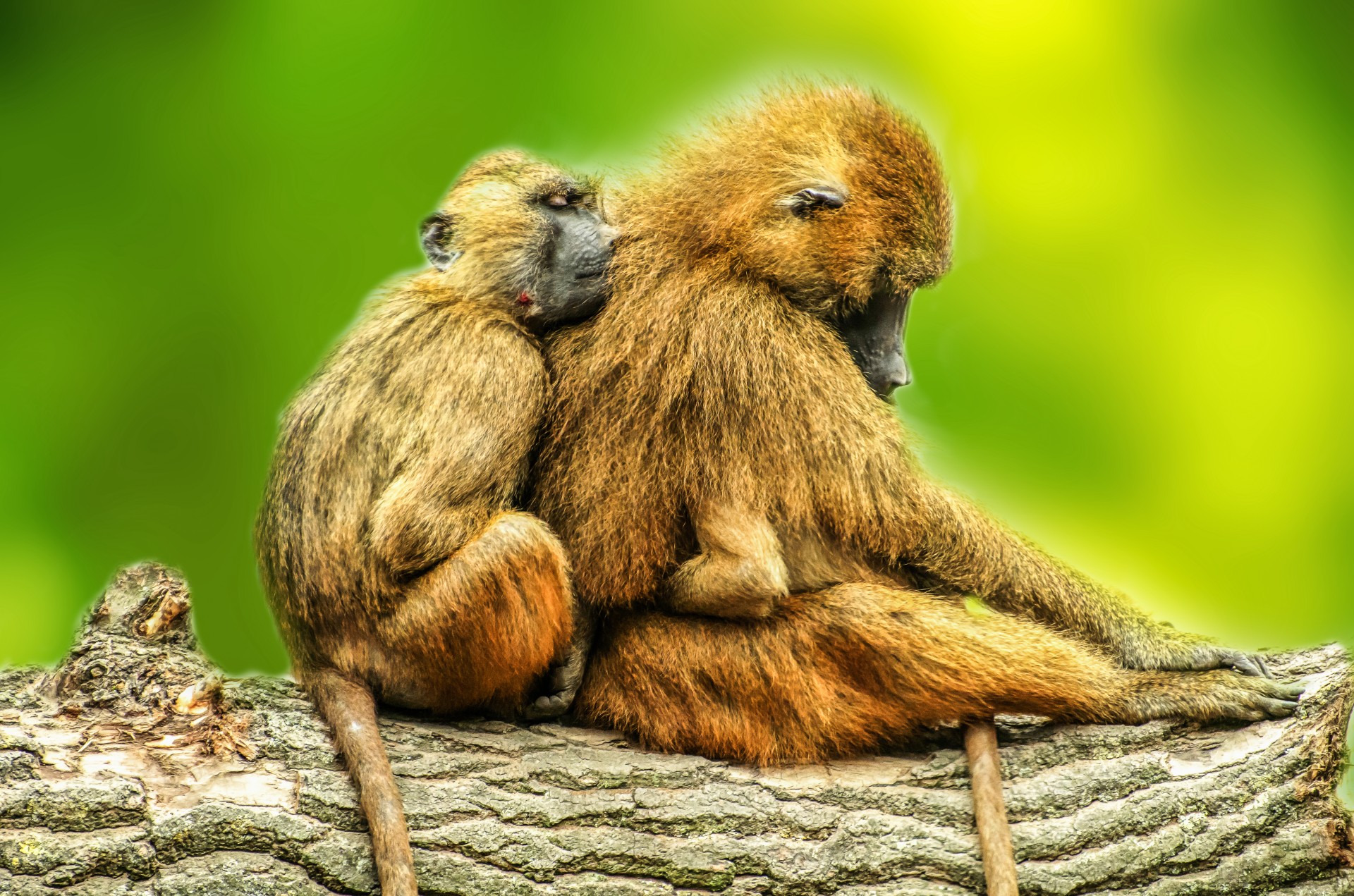
Ticks are notorious ectoparasites primarily known for their blood-feeding habits, which can result in a plethora of serious health issues for both humans and animals. The ecological environment is intertwined in such a way that numerous species have evolved to consume these pests, thus functioning as nature’s pest control agents. Understanding which animals eat ticks can provide valuable insight into promoting biodiversity and maintaining a natural balance within ecosystems.
In the quest to understand the natural predation of ticks, it’s essential to explore a variety of organisms that are underappreciated in their role as biological pest controllers. The following animals are notable for their proclivity to feast upon ticks, and by increasing awareness of these eco-warriors, we can advocate for their protection and conservation.
1. Acarophagous Birds
Certain bird species are particularly adept at hunting down ticks. Among them, the American Robin and the wild turkey are exemplary tick predators. These birds have specific behavioral adaptations, such as foraging strategies that maximize their efficiency in tick retrieval from vegetation and animal hosts alike.
For instance, wild turkeys forage through leaves and underbrush, often unearthing ticks along with other ground-dwelling insects. Their insatiable appetite for ticks contributes significantly to the regulation of tick populations in their habitats. Moreover, the American Robin’s habit of non-aggressively probing through grass and shrubbery to extract ticks from small mammals amplifies their role as effective tick consumers.
2. Small Mammals
The role of small mammals, namely oposums, is substantial in the ecological tick management narrative. Opossums, with their remarkable grooming behavior, tend to remove ticks from their fur and skin. Studies have indicated that a single opossum can consume thousands of ticks in a single season, limiting the spread of tick-borne diseases dramatically.
Additionally, rodents such as mice and squirrels serve as intermediate hosts for ticks while simultaneously preying on larval and nymph stages during their foraging expeditions. Although not as efficient as opossums, their activity can still contribute to the broader effort of tick control within specific localities.
3. Reptilian and Amphibian Predators
Reptiles and amphibians also play a vital role in mitigating tick populations. Species such as the Eastern Box Turtle and large lizards often prey on ticks found on animals during their habitual movement through underbrush and leaf litter. Their foraging behavior frequently involves consuming ticks alongside other invertebrates present in their environment.
Amphibians, particularly frogs and toads, add another layer of tick predation through their dietary preferences. While the consumption might not account for a significant drop in tick populations individually, collectively, they represent a continuum of natural predation that contributes positively to controlling tick numbers.
4. Larger Mammals
Surprisingly, some larger mammals can also aid in the control of ticks—though they are generally not efficient predators of these parasites themselves. Consider deer, specifically the white-tailed deer. They serve as hosts for ticks but can also influence the predation dynamics of their environments. The presence of deer impacts the ecosystems, providing habitat and sustenance for tick predators, while also encouraging the growth of other species that consume ticks.
Furthermore, the behavior of larger carnivores, such as coyotes and foxes, inadvertently contributes to tick reduction. They often hunt and kill animals that harbor ticks, thus indirectly limiting the population of ticks available for consumption.
5. Invertebrate Allies
In the ecological hierarchy, various invertebrates share the responsibility of keeping tick populations in check. Certain arachnids, such as spiders and predatory mites, are known for targeting ticks as part of their dietary regimen. Their hunting strategies, which often involve webbing or ambush tactics, allow them to capture ticks that might otherwise attach to larger hosts.
Additionally, entomological allies such as various beetle species, which are active scavengers and detritivores, play a profound role in consuming ticks and their eggs in both terrestrial and leaf-litter ecosystems. This diverse range of invertebrate contributors emphasizes the importance of maintaining habitats that support such organisms.
6. The Ecological Interdependence
This interplay between tick-eating species exemplifies the intricate web of ecological interdependence. The presence of tick predators does not merely serve a singular function; it enhances the overall biodiversity of an ecosystem. As each of these species interacts with ticks, they contribute to a balanced ecosystem that can sustain greater health for both the plants and animals present within.
Promoting conservation efforts for these beneficial creatures can yield long-term benefits, fostering a natural approach to tick management that mitigates the reliance on synthetic pesticides and other harmful interventions. Therefore, recognizing these eco-warriors as integral components of our environmental health is essential.
Conclusion
In summary, a variety of animals, from birds and mammals to reptiles and invertebrates, take on the vital role of consuming ticks. Each contributes uniquely to the delicate balance of their ecosystems. Awareness and appreciation of these tick-eating habits encourage practices that conserve biodiversity, ultimately fostering a more sustainable environment for generations to come.
